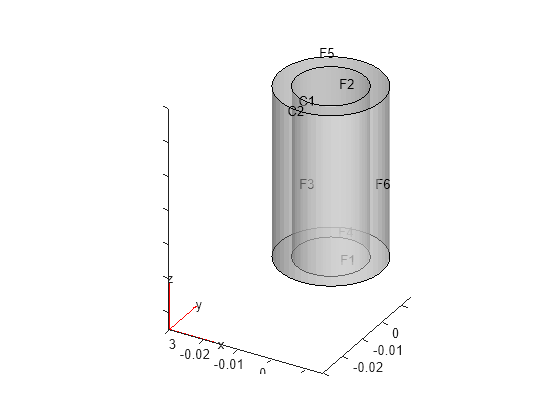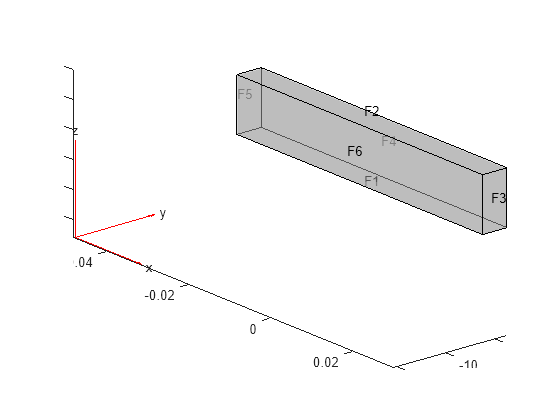interpolateDisplacement
Interpolate displacement at arbitrary spatial locations
Syntax
Description
intrpDisp = interpolateDisplacement(structuralresults,xq,yq)xq and yq. For transient and frequency
response structural problems, interpolateDisplacement returns the
interpolated displacement values for all time or frequency steps,
respectively.
intrpDisp = interpolateDisplacement(structuralresults,xq,yq,zq)xq, yq, and
zq.
intrpDisp = interpolateDisplacement(structuralresults,querypoints)querypoints.






